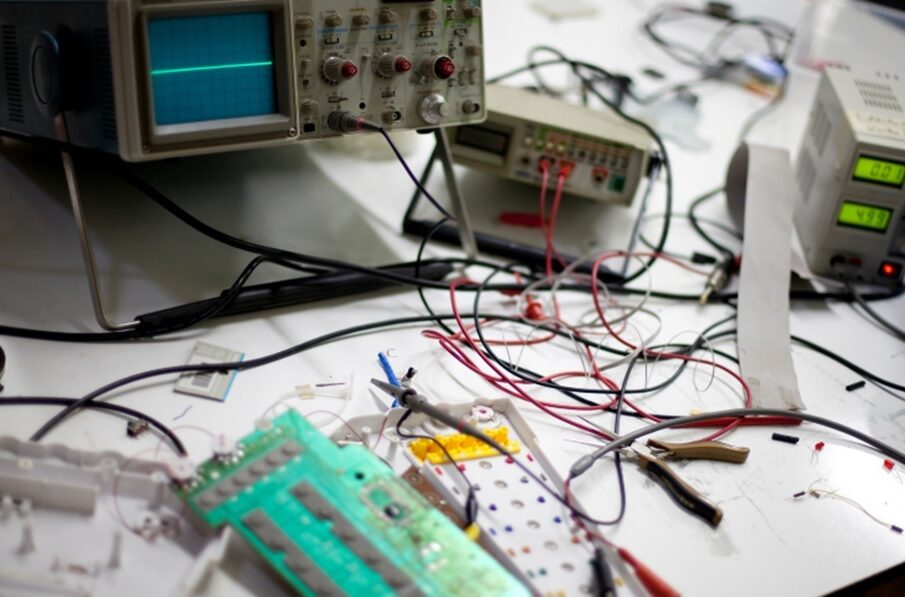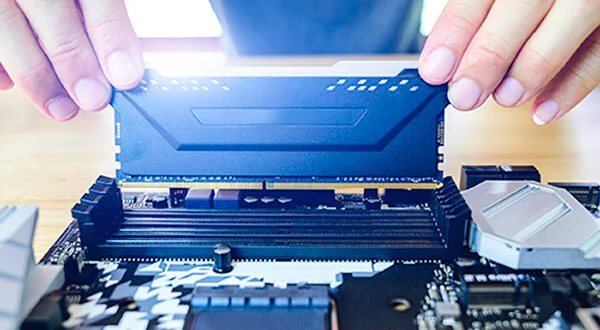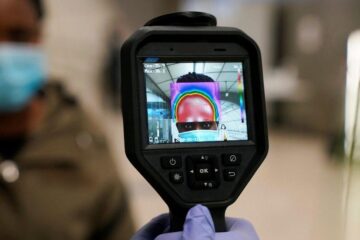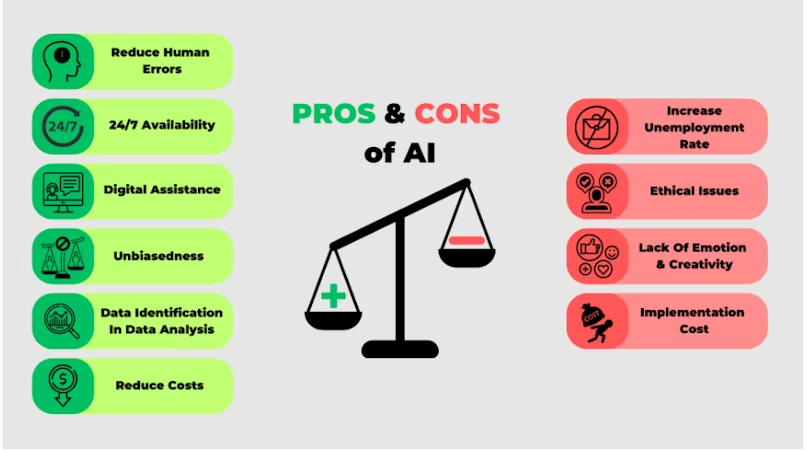The Future of DDR Memory Testing: Integrating Analyzers and Digitizers

DDR memory testing has advanced significantly to meet the demands of modern computing systems. Today, effective testing techniques exist to guarantee dependability and performance, despite devices getting more complex and bandwidth demands rising. However, the evolution of these systems is not done yet, for the future of DDR memory testing is still yet to come.
For example, the integration of digitisers and protocol analysers now offers higher precision, flexibility, and efficiency.
Discover more of what is in store for the DDR memory test, allowing users of this test measure solution to know what to anticipate.
Challenges in DDR Memory Testing
Testing DDR memory involves complex challenges such as high-speed signal integrity, timing accuracy, and compliance with stringent industry standards. Due to the higher data rates, even minute timing or signal fidelity deviations can result in system failures. Conventional tools like oscilloscopes, while practical, often fall short of capturing all the intricacies of DDR signals.
This situation is where protocol analysers and digitisers come into play. These tools enable deeper memory performance analysis, providing insights beyond foundational signal integrity. Their ability to capture high-resolution data and decode memory protocols makes them essential for modern DDR memory test workflows.
Why Integrate Protocol Analysers and Digitisers?
Enhanced Signal Analysis
Protocol analyzers specialise in decoding and verifying data at the protocol layer, ensuring DDR memory functions as intended. Coupled with digitisers, which capture high-resolution waveforms, engineers can gain a holistic view of memory performance. This integration bridges the gap between physical layer analysis and higher-level protocol validation.
Real-Time Debugging
Integrating these tools enables real-time debugging, allowing engineers to detect and resolve issues as they occur. For example, a protocol analyser can identify a latency bottleneck while the digitiser verifies the underlying signal integrity problem. This synchronised approach reduces debugging cycles.
High-Speed Testing
The ever-increasing data rates of DDR memory demand testing solutions capable of keeping up with these speeds. Protocol analysers and digitisers can handle high-speed signal acquisition and analysis, ensuring accurate results without compromising performance.

Key Features of Protocol Analysers in DDR Testing
Advanced Protocol Decoding
Protocol analysers decode data transactions, providing detailed insights into DDR operations such as read, write, and refresh cycles. This advanced decoding helps engineers identify anomalies and optimise performance.
Compliance Testing
Protocol analysers can perform compliance testing for DDR memory to ensure compatibility with industry standards, identifying deviations and potential risks.
Integration with Network Analyzers
Systems involving multiple memory modules and devices can rely on network analyzers as they can be paired with protocol analysers to analyse interconnected systems holistically. This integration ensures robust system-level testing.
Benefits of Digitisers in DDR Memory Tests
High Sampling Rates
Digitisers capture waveforms at ultra-high sampling rates, ensuring no data is lost during high-speed DDR memory operations.
Precision Measurements
Due to their ability to capture minute details in signals, digitisers are ideal for analysing voltage fluctuations, jitter, and timing skews—critical factors in DDR memory performance.
Simplified Data Management
Modern digitisers come with advanced software that simplifies data visualisation and management, allowing engineers to process and interpret results efficiently.
Future Trends in DDR Memory Testing
AI-Powered Analysis
Artificial intelligence is increasingly being integrated into DDR memory testing workflows. AI algorithms can analyse vast amounts of test data, identifying patterns and anomalies that might escape traditional methods.
Cloud-Based Test Solutions
The shift toward cloud-based solutions is enabling remote access to testing platforms, facilitating collaboration among global teams. Engineers can now access protocol analyser and digitiser data from anywhere, streamlining workflows.
Greater Tool Integration
Future test platforms will likely combine multiple tools, including protocol analysers, digitisers, and network analysers, into unified systems. This synergy will eliminate compatibility issues and provide seamless testing experiences.
Conclusion
Utilising modern instruments like network analysers, protocol analysers, and digitisers to handle the increasing complexity of contemporary memory systems is essential to the future of DDR memory testing. Engineers can attain more accuracy, quicker debugging, and more trustworthy performance validation by combining these technologies. Adopting these advancements is essential as the industry develops to maintain an advantage in the highly competitive high-speed memory design and testing market.
Don’t let bottlenecks slow your innovation—visit Genetron Corp to upgrade your testing capabilities today.















